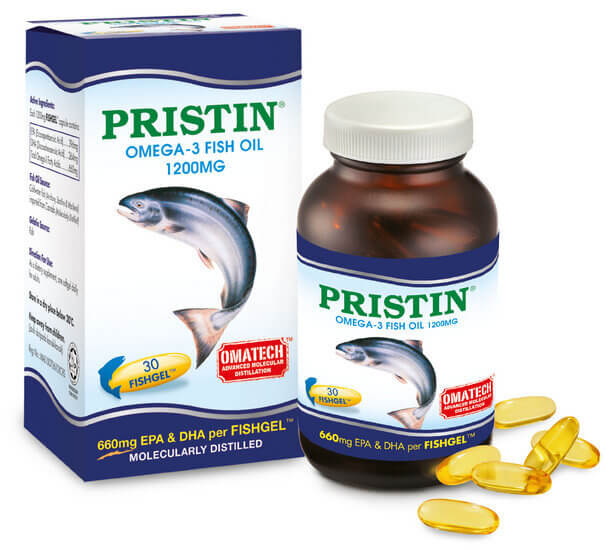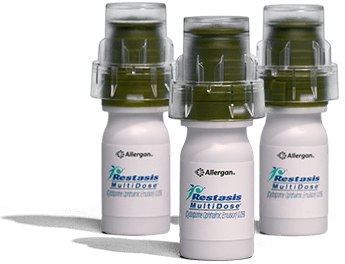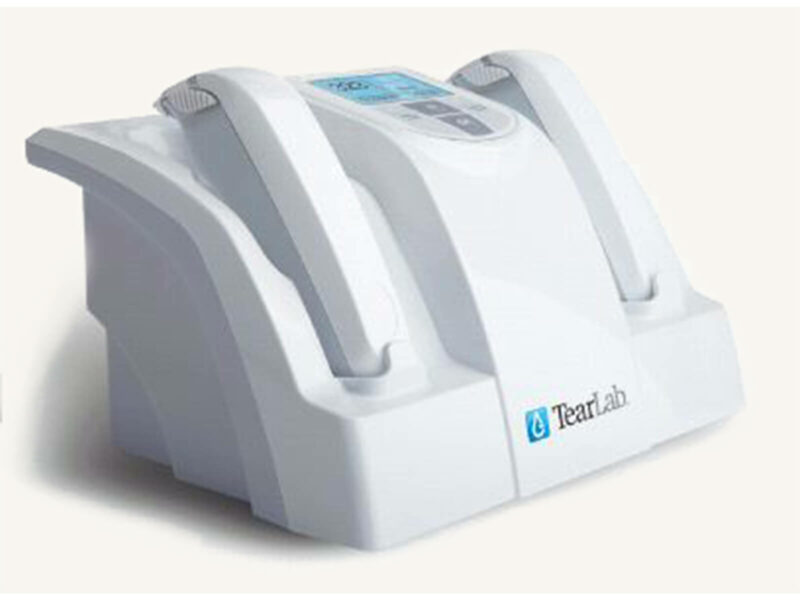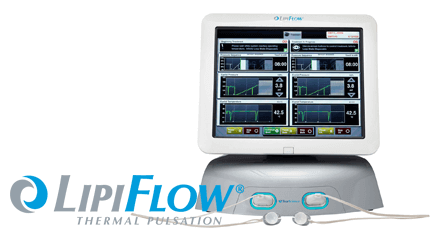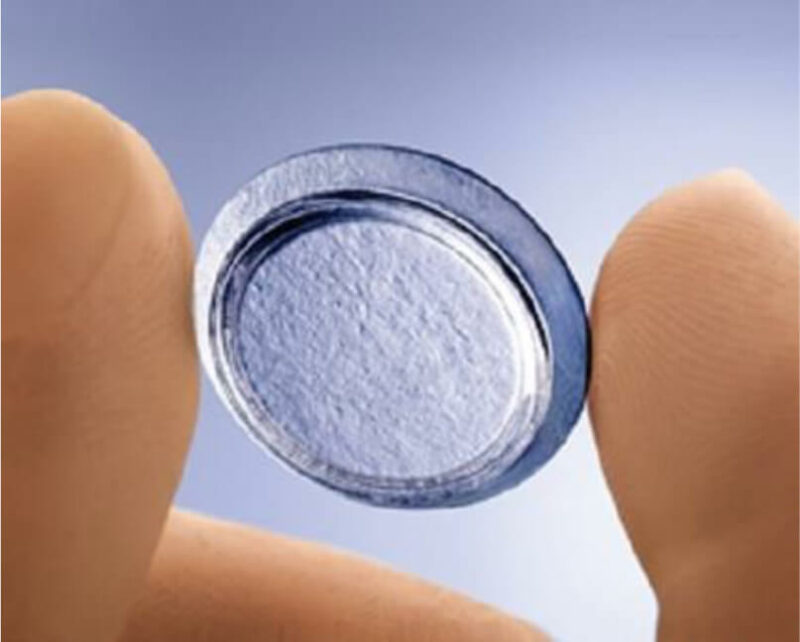Dry Eye Center of Excellence

Dry eyes that feel sore and irritated can be more than just a nuisance when they feel that way every day. If you suffer from dry eyes, our board-certified ophthalmologist, can help with a range of effective treatment solutions. Multack Eye Care provides exceptional services and custom care approaches to each individual suffering from dry eye. To find out more, call one of our conveniently located offices or request an appointment online.

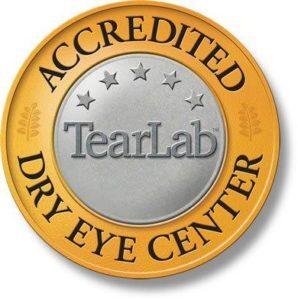
What are dry eyes?
Dry eyes develop when your eyes aren’t producing enough lubricating tears, which makes them feel irritated and uncomfortable.
The tears that keep your eyes clean and lubricated contain special oils that spread across your eye when you blink. If you aren’t making enough of these types of tears or there’s a lack of oils in the tears you’re making, dry eye is the result.
If you have dry eyes, you’re likely to experience symptoms such as:
- Irritation in the eyes
- Burning sensation in the eyes
- Tired, gritty eyes
- Red eyes
- Blurry vision
- Sensitivity to light
You might often feel as though there’s something stuck in your eye and find wearing contact lenses becomes too uncomfortable.
What causes dry eyes?
There are a number of potential triggers for dry eyes, including:
- Entropion (inward turning eyelid)
- Ectropion (outward turning eyelid)
- Contact lenses
- Certain medications
- Postsurgical complications
- Age-related changes
- Hormonal changes
- Changes in the weather
- Environmental pollutants
- Dry, windy weather
- Regular use of computer screens
Immune system conditions such as diabetes and thyroid disorders often cause dry eye as well.
Dry eyes can also cause excessive watering. Your eyes water because they feel dry and irritated, but these tears don’t have the lubricating oils in them, and so don’t help to ease the dry eye problem.
Left untreated, dry eyes can cause inflammation and corneal scarring.
What treatments are there for dry eyes?
Dr. Multack can recommend the most appropriate treatment in your case from a selection of therapies, including:
- Artificial tears
- Medicated eye drops
- Anti-inflammatory medications
- Punctal plugs
Irritation and discomfort in your eyes can be immensely frustrating, especially if your eyes are continually watering as well. The highly trained physicians at Multack Eye Care can help relieve the distressing symptoms of dry eyes so you can get back to normal. Come see the difference today!

